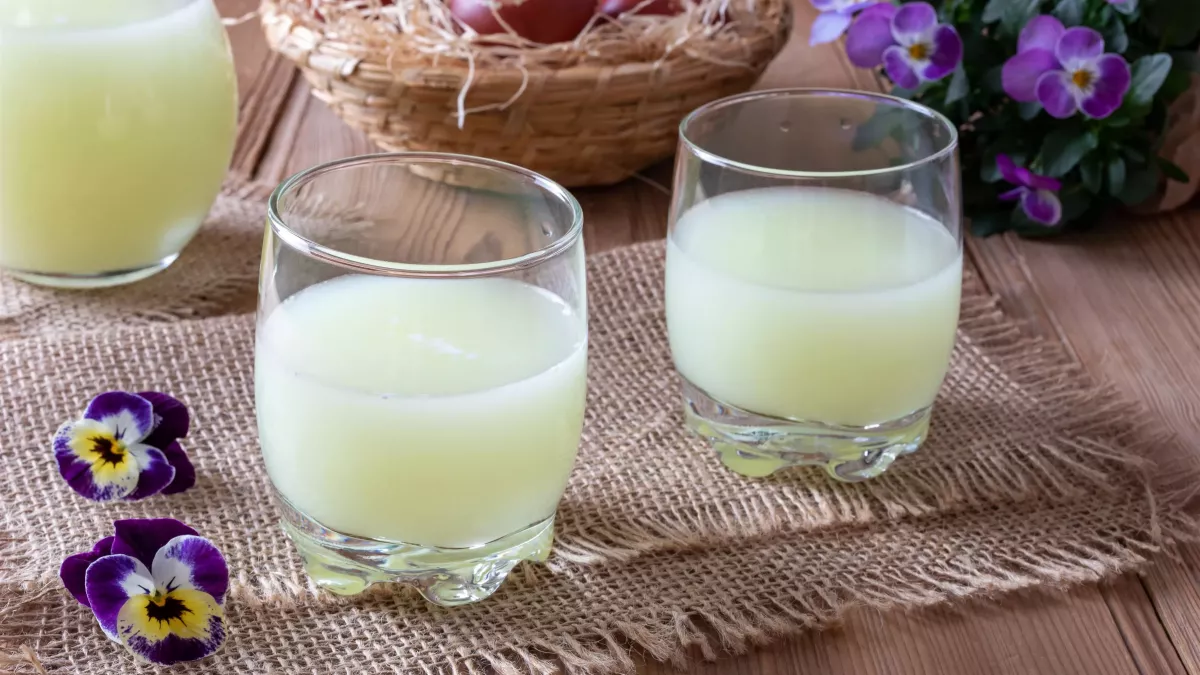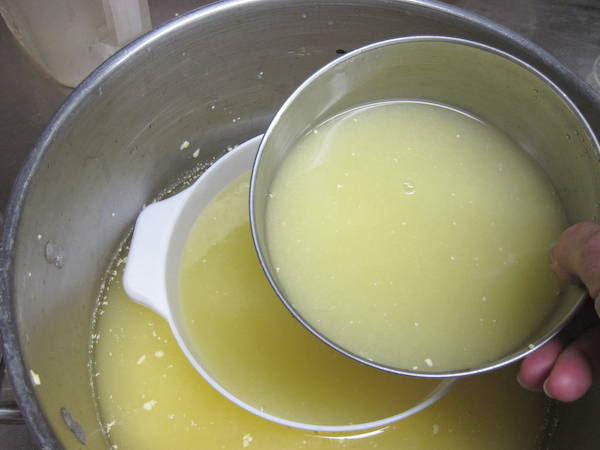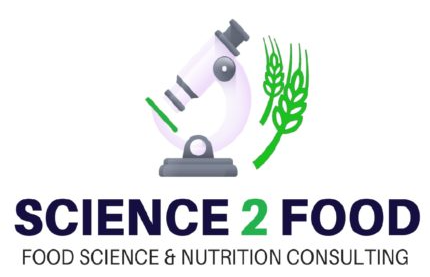Whey valorisation

Whey is a by-product of the cheese industry that can be polluting if it is not recycled. It is rich in protein, lactose, minerals, and water-soluble vitamins.
Once considered a waste product of cheese production and therefore a by-product, whey is now considered a by-product. Accounting for at least 85% of milk processed into cheese.
Traditionally, whey was and still is valued:
- For animal feed: 10 years ago, it was estimated that a little more than one million tonnes were distributed to pigs each year.
- For composting and its treatment through the action of compost agents to make it less polluting for the soil.
Other processing methods have made it possible to extract or produce elements of interest for human consumption (in general food as well as in food supplements).
- Lactose
- Proteins
- Mineral salts
- Vitamins
As in the 1960s, the Bel company produced yeast on whey, using the “Protibel” process to provide new sources of protein.
Other processes to produce biomass rich in nutrients and proteins have been developed around the world. This is the case of the “Biocompact” process in Quebec, the Nutrisearch company in the United States, or the so-called “Vienna” process in Austria.
Some of these molecules are used for the pharmaceutical and cosmetics industries.
Lactose is used as an excipient in many medicines, and it can be transformed into molecules of interest such as lactulose or succinic acid.
New applications are being developed such as:
- Biofuels: through lactose fermentation processes, previously hydrolyzed into glucose and galactose, into ethanol.
- Anaerobic digestion to produce biogas and energy.
Today, there are many efforts to recycle agri-food by-products. Some companies specialize in these areas.
Science 2 Food is pleased to collaborate with the Belgian company Avecom, which specialises in the treatment of effluents and the recovery of food by-products, particularly by fermentation.
With a wealth of experience already acquired with major dairy manufacturers in northern Europe, it now offers its know-how to other dairy and cheese groups.

Pictures from “Passeport santé” website

Picture from “New England Cheesemaking” website




